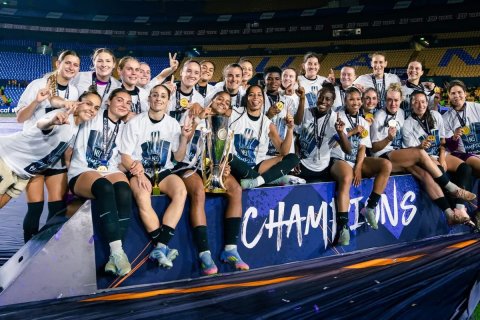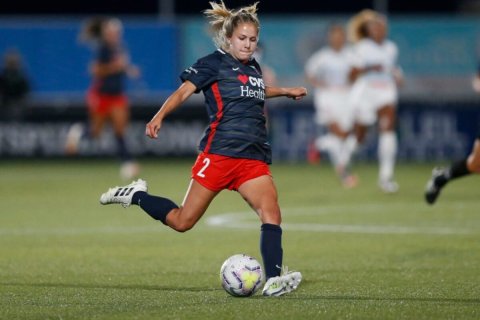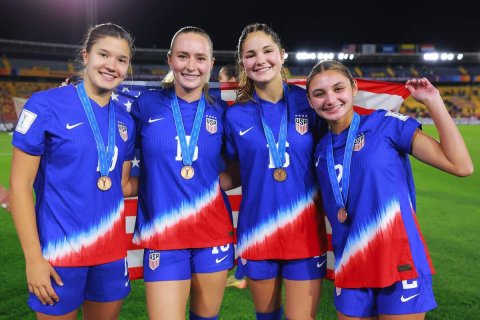A new era is emerging in women’s soccer, with young talents stepping up to redefine the future of the national team.
A Generation with Hunger and Skill
In recent years, the landscape of women’s soccer has undergone a transformative evolution, and at the heart of this change is the emergence of a bold, talented new generation. The Women’s National Team, long known for its experienced leadership and established stars, is now seeing the rise of fresh faces eager to make their mark on the world stage.
These young athletes, many of whom are still in their late teens or early twenties, bring more than just skill—they bring passion, energy, and a hunger to succeed. Their arrival isn't just a changing of the guard; it's a testament to the growing depth of the talent pool in women's soccer. Their commitment to excellence, combined with a fierce drive to win, is already making waves in the locker room and on the field.
From Youth Academies to International Glory
The path to the national team is no longer exclusive to college powerhouses. Many of these new promises have honed their abilities in elite youth academies, local clubs, and international programs. They arrive not only with technical prowess but also with a deep tactical understanding of the modern game.
Players like Alyssa Thompson, Jaedyn Shaw, and Olivia Moultrie are perfect examples of how the development pipeline has matured. These young women have benefited from top-tier coaching, nutrition, and mental training from an early age. They are not intimidated by the spotlight, and their ability to adapt quickly to the intensity of senior-level competition is one of the most remarkable features of this new wave.
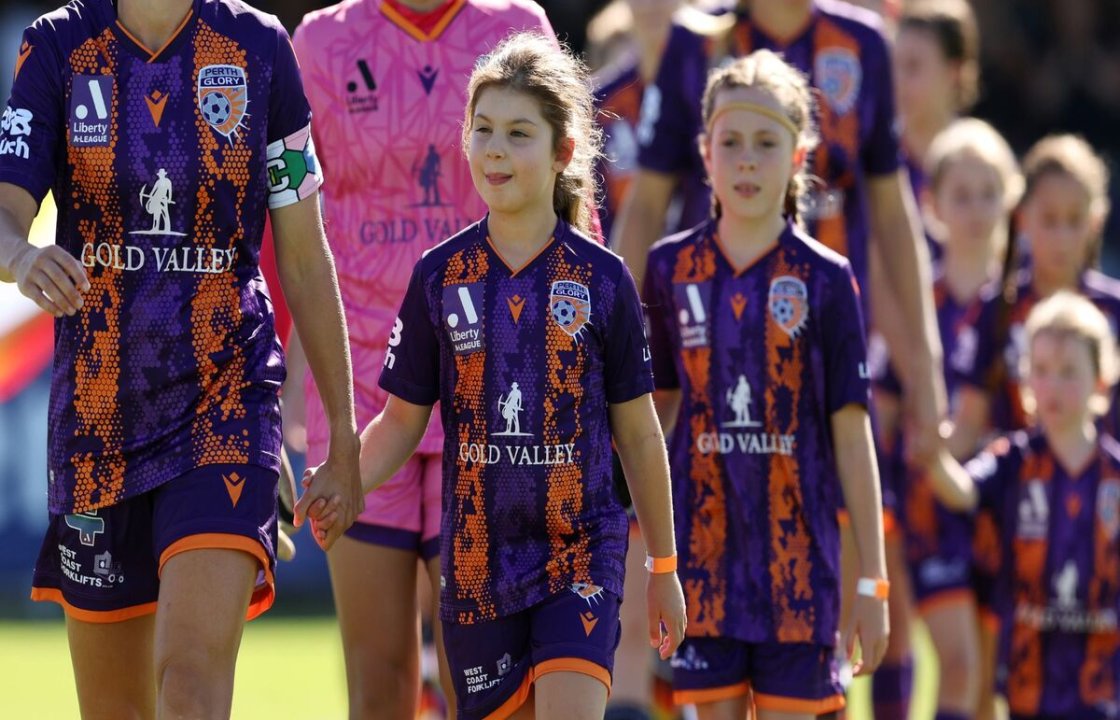
Mentorship and Unity with Veteran Players
One of the most promising aspects of this generational shift is the balance between youth and experience. Seasoned veterans like Alex Morgan, Lindsey Horan, and Crystal Dunn continue to provide mentorship and guidance, ensuring that the younger players not only succeed individually but also contribute to the team’s collective culture.
This mentorship is crucial. The transition from youth competitions to international tournaments like the FIFA Women’s World Cup or the Olympic Games requires more than just skill—it demands emotional maturity, strategic intelligence, and mental resilience. With veteran leaders by their side, these new players are learning not only how to compete, but how to win with grace, discipline, and character.
Technically Sound and Tactically Versatile
What sets this new generation apart is their tactical versatility and technical precision. Unlike previous generations that may have relied on physicality or speed, today's rising stars are multi-dimensional. They understand how to play in different systems, adapt to various roles on the pitch, and make quick decisions under pressure.
The coaching staff of the national team is increasingly recognizing this. Players are being rotated across positions, trained to operate under diverse tactical setups, and encouraged to develop footballing intelligence—a crucial trait in today’s fast-paced and ever-evolving game.
Moreover, many of these players have grown up watching the women’s game blossom globally. They have studied top players from Europe, South America, and Asia, and have incorporated these influences into their own style of play. This global awareness is giving the national team a fresh dimension, blending American grit with international flair.
A Shift in Mentality and Leadership
What’s perhaps most exciting is the shift in mentality these players bring. There is a palpable sense of confidence—not arrogance, but unshakable self-belief. These athletes don’t just want to be a part of the squad; they want to lead, inspire, and win. They are willing to challenge the status quo, ask tough questions, and advocate for both themselves and their teammates.
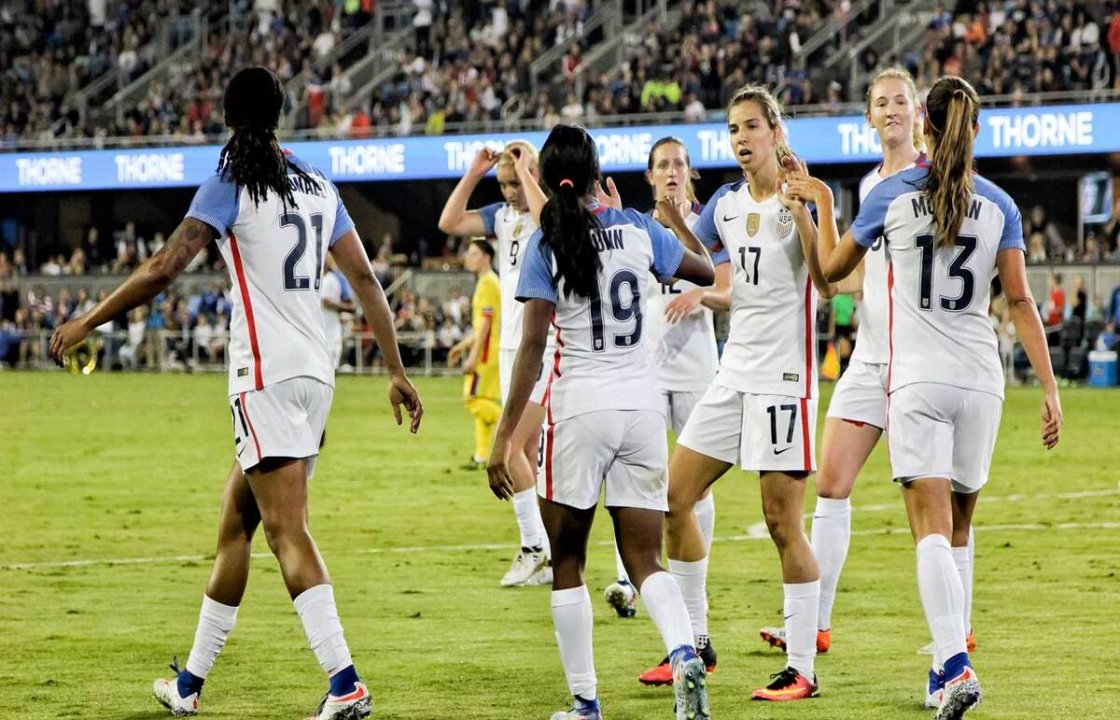
This new generation isn’t waiting for permission to lead. They are emerging as leaders of tomorrow, speaking openly about issues like equal pay, mental health, and diversity. Their voices matter, and they are using their platforms to promote positive change, both inside and outside of the sport.
Building Toward the Next Big Tournaments
As the team prepares for future competitions, including the 2027 Women’s World Cup and upcoming Olympic cycles, these new promises are expected to play a central role. The transition phase has already begun, and while there may be growing pains, the potential is undeniable.
Coaches and fans alike are watching closely. There's a renewed energy around the team, and it’s fueled by these young players who are not content to ride the bench or be backup options. They are pushing for starting roles, redefining what it means to wear the national jersey, and setting higher standards for what success looks like.
This renewed focus on youth also ensures a long-term vision. Instead of building a team for one tournament, the federation is building a legacy, ensuring that success is sustainable and that the U.S. remains a dominant force in global women’s soccer for years to come.
The Role of Development Academies Like SIA Academy
At SIA Academy, we recognize the importance of early development, individualized training, and strategic growth for young players. Just like the new promises of the national team, our athletes are trained to be technically proficient, mentally resilient, and tactically intelligent. We emphasize personalized development plans, integrating modern methodologies, sports psychology, and cutting-edge technology to help players reach their full potential.
More importantly, we foster a culture of leadership, teamwork, and ambition. Watching these young women succeed at the national level validates the kind of work we do every day at SIA Academy. Whether our players dream of national teams or professional clubs, we are committed to providing the foundation they need to rise—and maybe even one day, represent their countries on the world stage.


